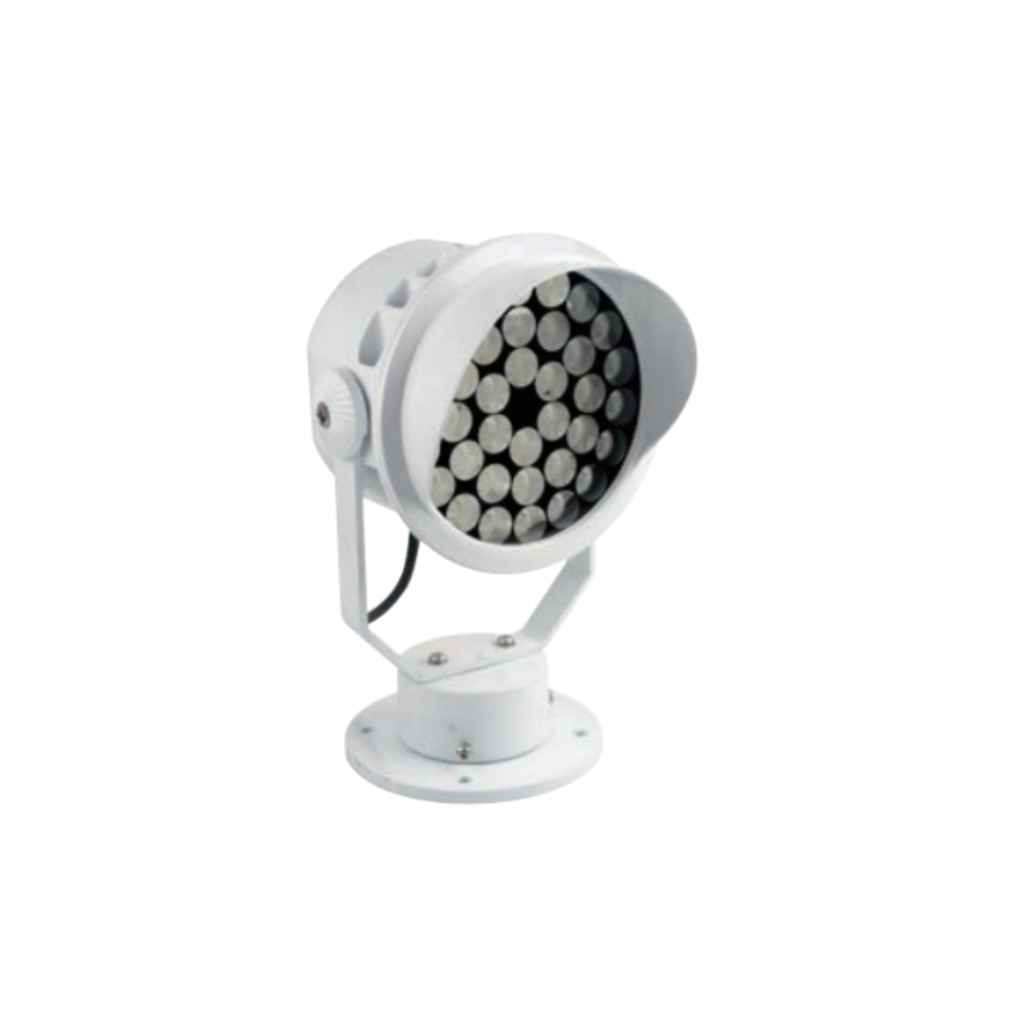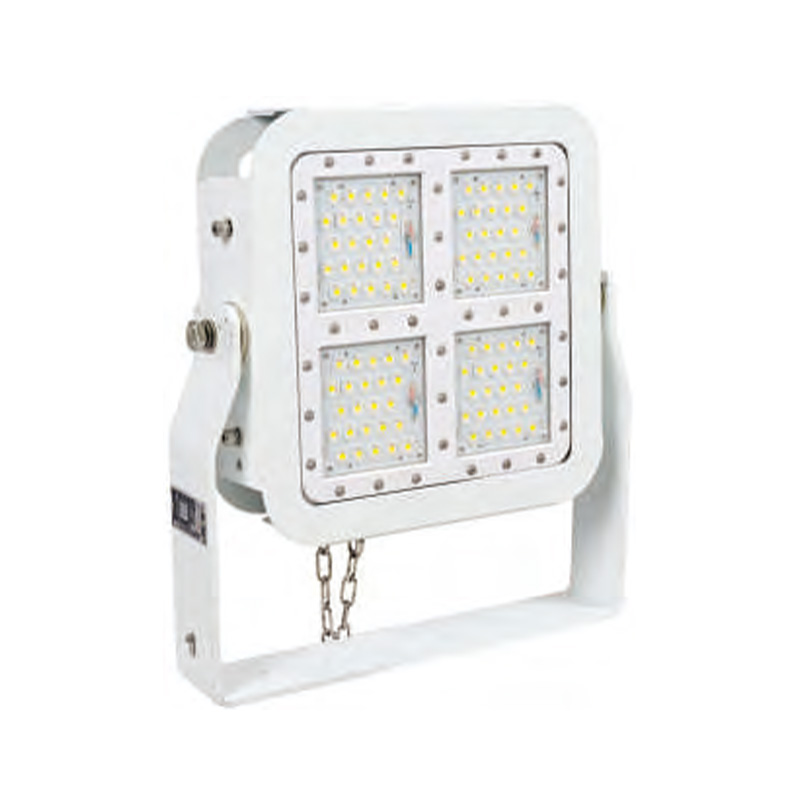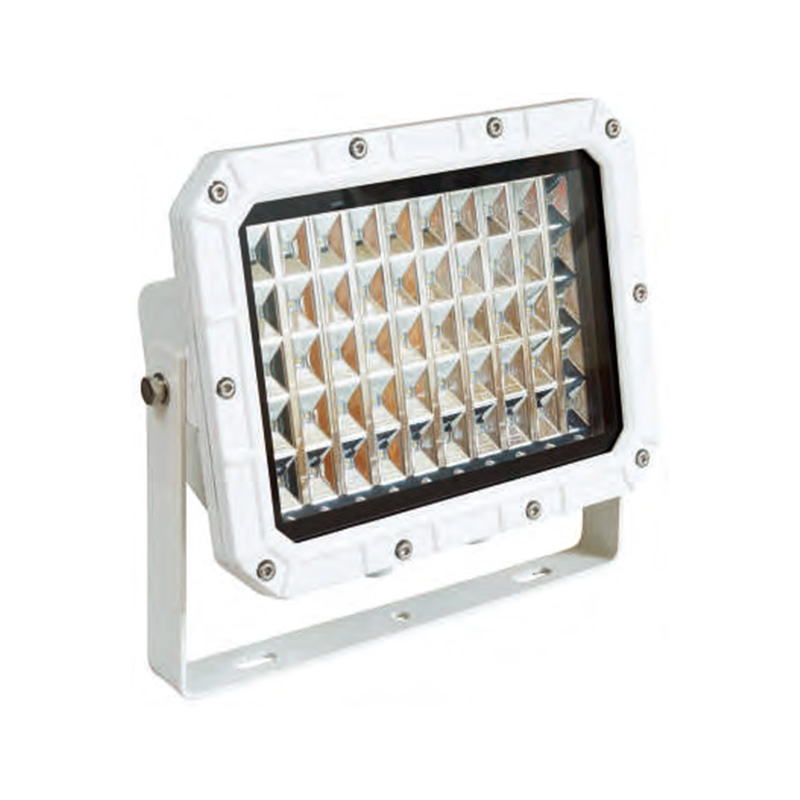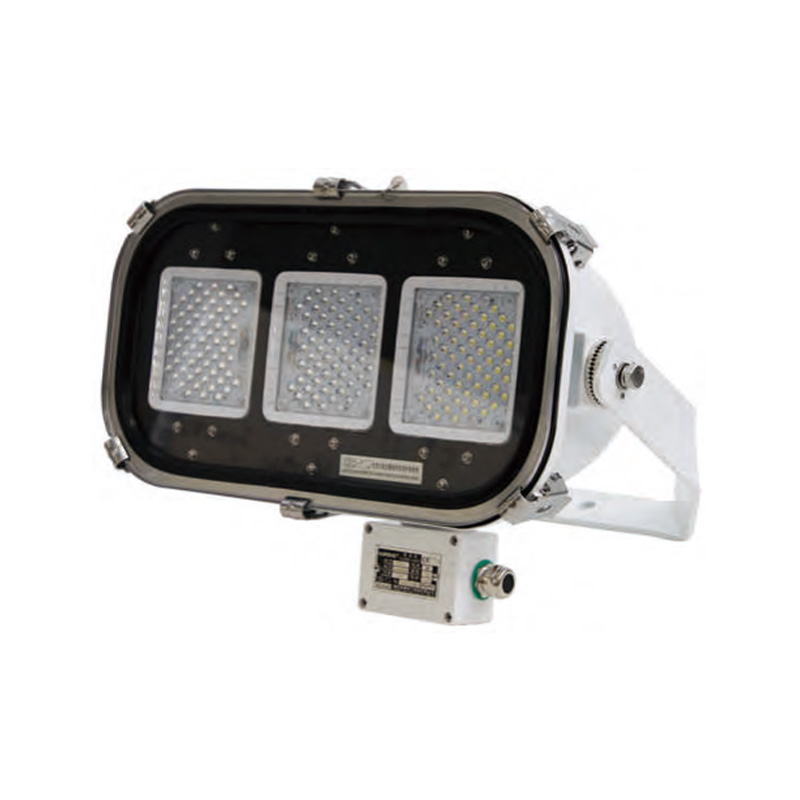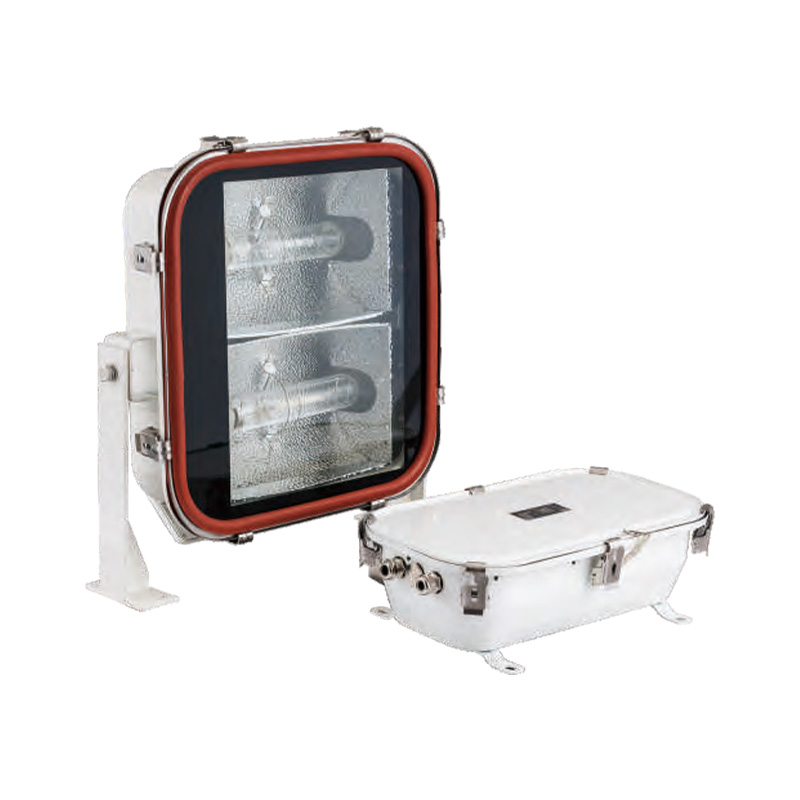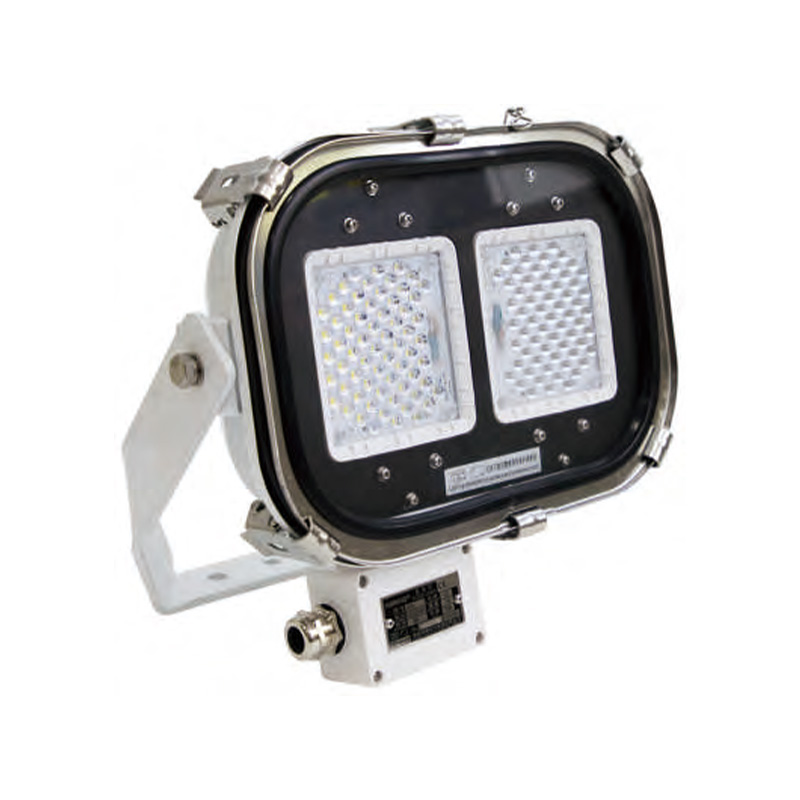How Marine Spotlights are Used for Search and Rescue Operations at Sea
Table of Contents
Marine spotlights are indispensable tools in search and rescue (SAR) operations at sea, providing critical illumination and visibility in low-light or no-light conditions. Their high-intensity beams can penetrate darkness and adverse weather, making them essential for locating individuals or vessels in distress. Here’s a detailed look at how marine spotlights are used for search and rescue operations.
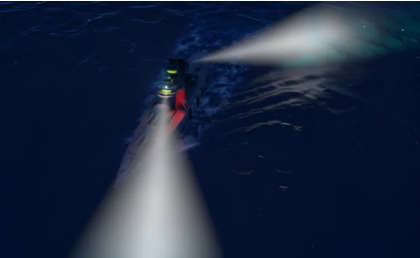
Benefits of Using Marine Spotlights for Search and Rescue Operations
- Locating Distressed Vessels and Individuals: One of the primary uses of marine spotlights in search and rescue is to locate people or vessels in distress. Their powerful beams can cover significant distances, aiding rescuers in finding individuals or objects in the water, even during nighttime or in conditions of low visibility. This capability greatly enhances the chances of successful rescue operations and can potentially save lives.
- Enhancing Visibility in Search and Rescue Operations: Marine spotlights improve visibility during SAR operations, allowing teams to conduct efficient searches even in the darkest hours. They help illuminate the water surface, making it easier to spot signs of distress or debris that may indicate the location of a missing person or vessel.
- Collision Avoidance: Marine spotlights play a crucial role in collision avoidance during SAR operations. They help crews see other vessels, floating debris, or any obstructions that could pose a risk to the ship, providing enough time for avoidance maneuvers, especially in coastal areas or busy shipping lanes.
- Emergency Situations and Evacuation: In emergency situations, such as firefighting or evacuations, marine spotlights provide the necessary visibility for crews to assess their situation and carry out emergency procedures, keeping everyone on board safe.
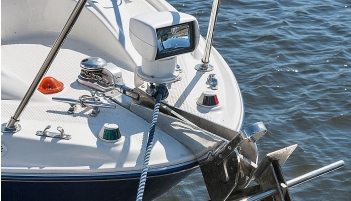
Types of Marine Spotlights for Search and Rescue
This chart provides a quick reference for the different types of marine spotlights and their suitability for various search and rescue scenarios. Each type has its own set of advantages and is chosen based on specific operational needs and environmental conditions.
| Type of Marine Spotlight | Characteristics | Applications in Search and Rescue |
| LED Marine Spotlights | -Energy-efficient – Long lifespan – Instant-on – Available in various colors | – General illumination – Signaling – Close range search |
| Halogen Spotlights | – High brightness – Relatively low cost | – General navigation – Short to medium -range search |
| Remote-Controlled Spotlights | – Flexible direction control – Can be operated from a distance | – Precision search – Target illumination |
| Fixed-Mounted Spotlights | – Stable positioning – All-around continuous lighting | – Navigation – Port operations |
| Handheld Spotlights | – Portable – Agile – Can be used in various situations | – Close-range illumination – Quick response emergencies |
| Infrared (IR) Spotlights | – Not visible to the naked eye – Suitable for night vision | – Surveillance – Covert operations |
| High-Intensity Discharge (HID) Spotlights | – High light output – Longer life | – Long-range illumination – Navigation assistance |
| Incandescent Spotlights | – Simple design – Cost-effective | – General illumination – Signaling |
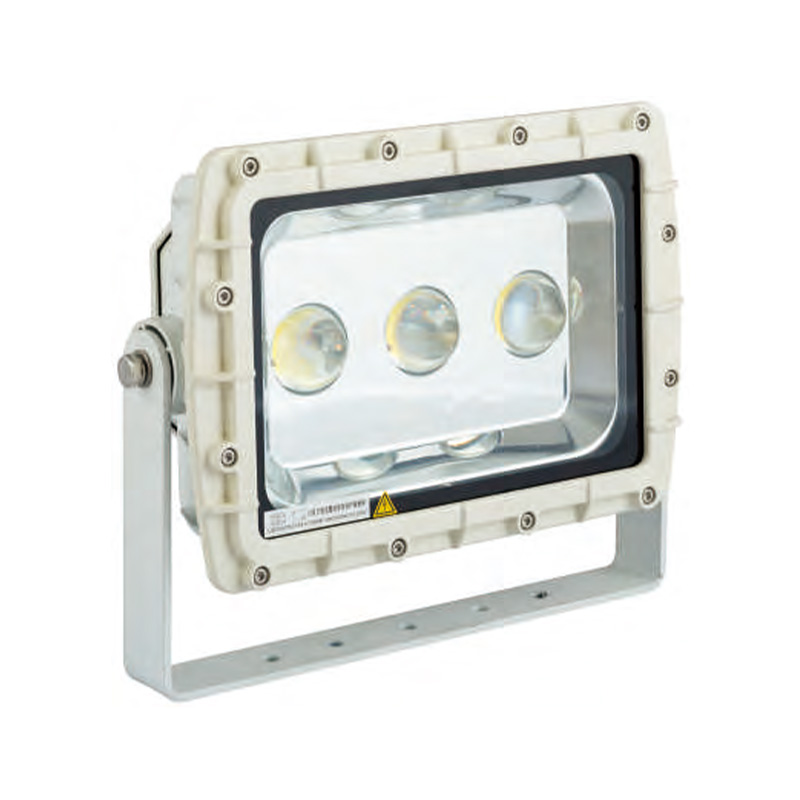
Key Considerations for Marine Spotlights in Search and Rescue Operations
When considering the use of marine spotlights in search and rescue operations, several key factors must be taken into account to ensure the effectiveness and safety of the operations.
- Purpose and Application: The primary purpose of the spotlight will dictate its specifications. For navigation, powerful spotlights with a concentrated beam are essential for guiding vessels through channels and harbors. For security and surveillance, spotlights with pan-and-tilt capabilities or remote-controlled options are beneficial. In emergency response and search and rescue operations, versatile floodlights and infrared (IR) spotlights are crucial for visibility .
- Visibility Requirements: The required range and coverage of the spotlights should be considered based on the vessel’s size, intended routes, and operational environment. Spotlights are chosen for long-range visibility, while floodlights provide broader coverage .
- Light Source and Technology: The choice between LED and traditional bulbs is significant. LED technology offers energy efficiency, longer lifespan, and bright illumination. Infrared and thermal imaging capabilities are also important for nighttime operations, enhancing visibility in low-light conditions .
- Movement and Control: The need for dynamic movement capabilities in spotlights, such as rotating or pan-and-tilt features, is essential for surveillance and targeted illumination. Remote-controlled spotlights offer convenience and flexibility, allowing operators to adjust the light direction from a distance .
- Durability and Resistance: spotlights must be able to withstand harsh marine environments, including resistance to saltwater corrosion, UV exposure, and extreme weather conditions. They should also be vibration and shock resistant to ensure operational reliability during rough seas .
- Regulatory Compliance: Ensuring that the selected spot lights comply with relevant maritime regulations and international standards for navigation lights is critical, especially for vessels operating in international waters .
- Power Consumption: The power consumption of the spot lights is a significant factor, particularly for vessels with limited power resources. LED marine spotlights are known for their energy efficiency .
- Integration with Navigation Systems: The ability to integrate spotlights with a vessel’s navigation systems allows for automated control and synchronized operation, enhancing the efficiency of the SAR operations .
- Ease of Maintenance: spotlights should have easily accessible components for routine inspections and repairs. LED spot lights may reduce the frequency of maintenance tasks due to their longer lifespan .
- Budget Considerations: Balancing cost considerations with the required features and functionalities is essential. The long-term costs, such as energy efficiency and maintenance requirements, should also be considered .
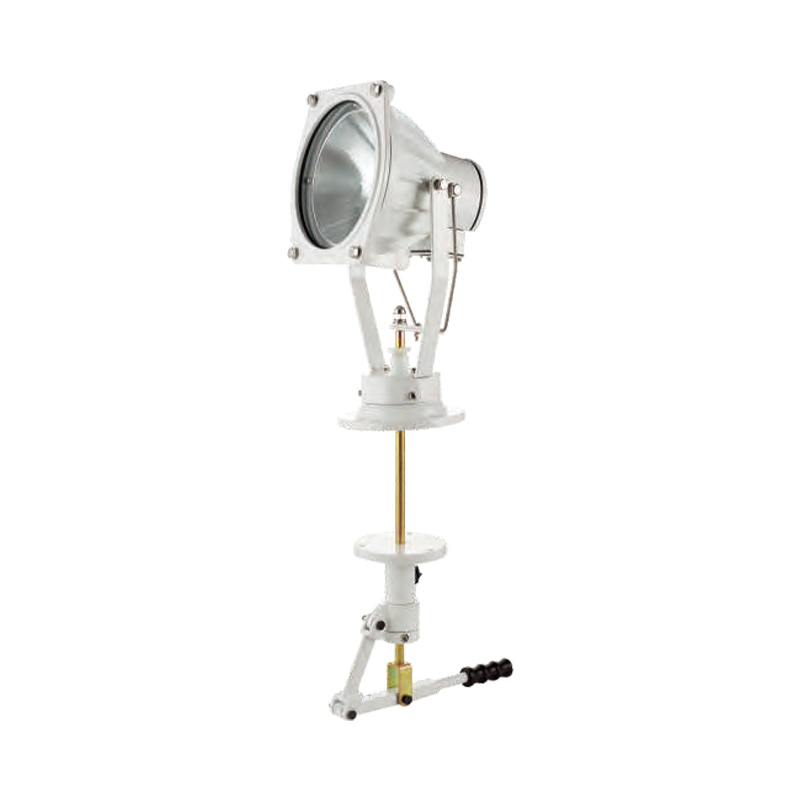
These considerations are pivotal in selecting the appropriate marine spotlights for search and rescue operations, ensuring that the equipment used is not only effective but also reliable and compliant with international standards.
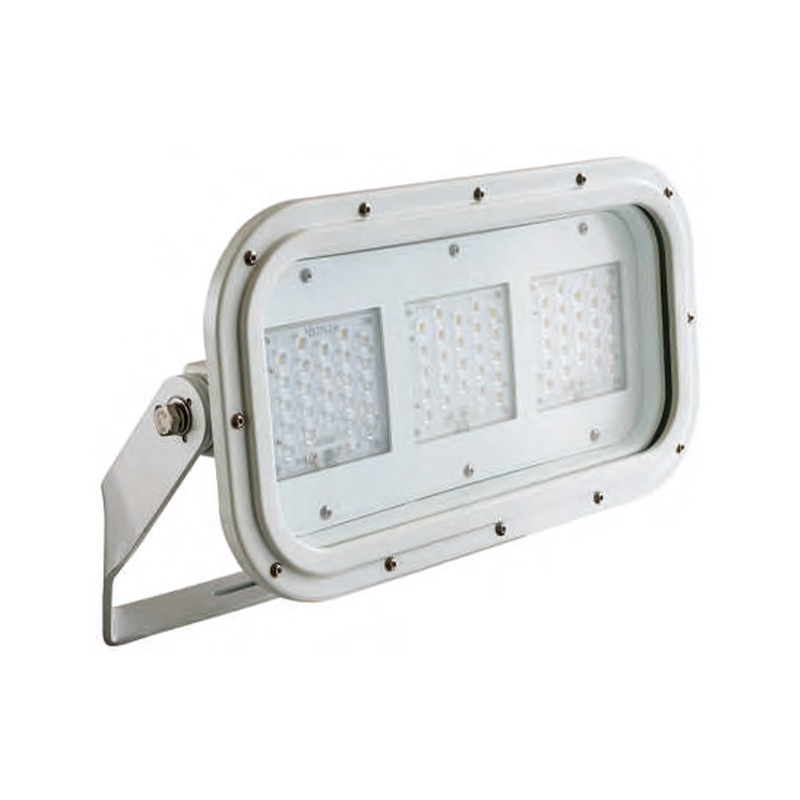
Technological Advancements in Marine Spotlights for Search and Rescue Operations
Technological advancements in marine spotlights for search and rescue have significantly improved the efficiency and effectiveness of maritime operations.
- Autonomous Vessels and Drones: The integration of unmanned surface vehicles (USVs) and unmanned aerial vehicles (UAVs) has enhanced search and rescue capabilities. These systems can cover larger areas and access hard-to-reach locations, providing a broader perspective during operations. For instance, the USV can be equipped with spot lights to search for survivors in the water while UAVs provide aerial surveillance.
- AI-Powered Predictive Maintenance: Artificial Intelligence (AI) is being utilized to predict maintenance needs and optimize operational efficiency. This technology can also be applied to spotlight systems, ensuring they are in optimal condition during critical search and rescue missions.
- Advanced Visual Navigation: Deep learning-based visual detection architectures have been developed to extract positional information from images taken by UAVs. This technology improves the accuracy of locating survivors or distressed vessels at sea.
- Reinforcement Learning for USV Control: Reinforcement learning is being used to develop control strategies for USVs, enabling them to learn motion control policies that can reject wave disturbances, which is crucial for maintaining the stability of spotlights during rescue operations.
- Digital Search and Rescue Regime: The evolution towards a digital search and rescue regime has led to the development of new devices and technologies, such as AIS-SART (Automatic Identification System with a Search and Rescue Transmitter), maritime survivor locating devices, and Meosar (Medium-altitude Earth Orbit Search and Rescue system), which enhance the ability to locate and rescue individuals at sea.
- Enhanced Cybersecurity Measures: With the increase in digital operations, robust cybersecurity protocols are being integrated to protect maritime technology infrastructure, ensuring that search and rescue operations are not compromised by cyber threats.
- Underwater Drones for Inspections: Autonomous underwater vehicles (AUVs) are being deployed for inspections and could potentially be used to assist in underwater search and rescue operations, complementing surface spotlight efforts.
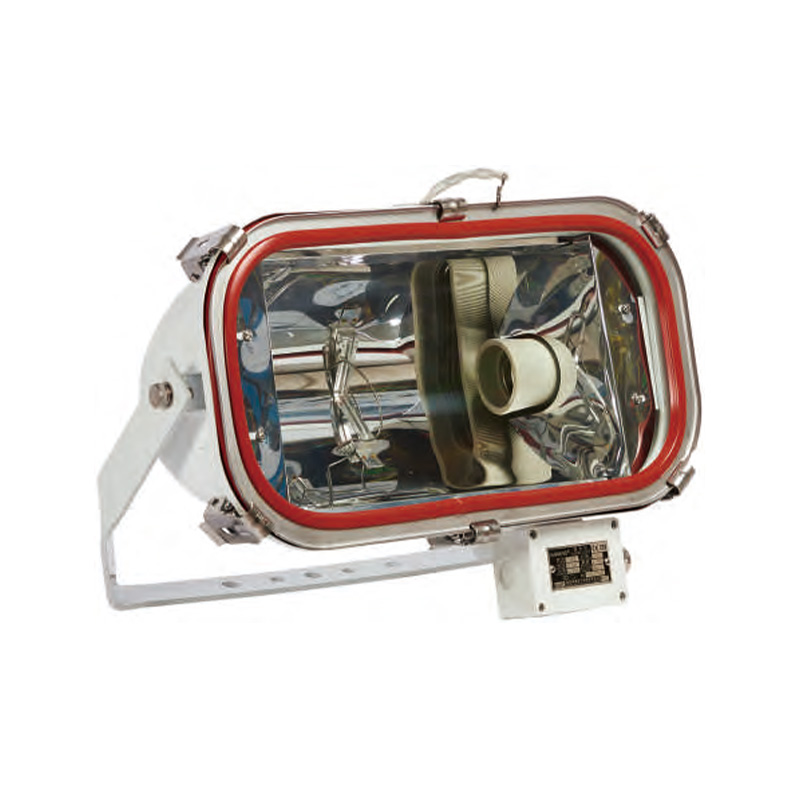
Overall, marine spotlights can enhance safety, visibility, and the efficiency of locating distressed individuals or vessels in search and rescue operations. With ongoing technological advancements, these spotlights continue to evolve, promising even greater reliability and functionality, ensuring the safety and success of maritime search and rescue endeavors.

